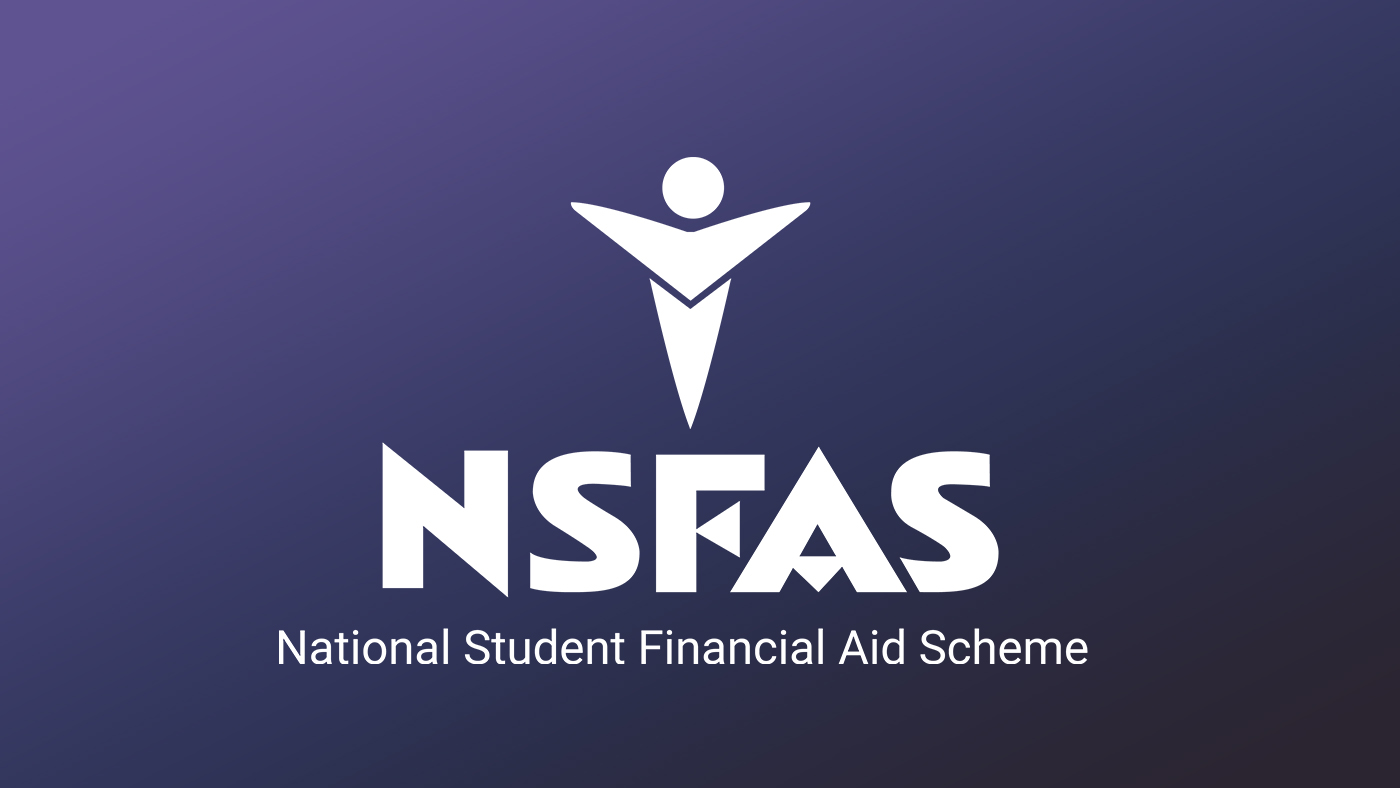Introduction
The National Student Financial Aid Scheme (NSFAS) is a key initiative in South Africa designed to provide financial assistance to students who are academically deserving but financially disadvantaged. Established by the South African government, NSFAS aims to make higher education more accessible by covering tuition fees, accommodation, and other related expenses. This article provides a comprehensive overview of how NSFAS works, including the registration process, eligibility requirements, and the repayment procedure.
1. NSFAS Registration Process
1.1. Application Periods
NSFAS applications are typically opened annually, often around September or October. It is crucial for prospective students to apply during this period to ensure they are considered for the following academic year.
1.2. Online Application
The application process is conducted online through the NSFAS website. Here’s a step-by-step guide:
- Visit the NSFAS Website: Go to the official NSFAS website at nsfas.org.za.
- Create an Account: Register by creating an account using a valid email address and phone number.
- Complete the Application Form: Fill out the online application form with personal details, academic history, and financial information.
- Upload Required Documents: Provide necessary documents, including a certified copy of your South African ID, proof of income, and academic transcripts.
- Submit the Application: Review your information and submit the application.
.
.
.
.
.
1.3. Confirmation
Once submitted, you will receive a confirmation of receipt. NSFAS will review your application and, if successful, notify you of your funding status.
2. NSFAS Requirements
To be eligible for NSFAS funding, applicants must meet the following criteria:
2.1. South African Citizenship
Applicants must be South African citizens.
2.2. Financial Need
NSFAS targets students from households with an annual income of less than R350,000. This threshold is adjusted annually and may vary depending on government policies.
2.3. Academic Performance
Applicants must meet the academic requirements set by NSFAS and their chosen institution. This usually includes a minimum pass rate and, in some cases, specific performance metrics.
2.4. Enrolled or Planning to Enroll
You must be enrolled or accepted into a public higher education institution in South Africa, including universities and TVET colleges.
2.5. Age Limit
While there is no strict age limit, priority is often given to younger applicants who are entering higher education for the first time.
3. NSFAS Repayment
3.1. Repayment Structure
Unlike traditional student loans, NSFAS funding is generally a form of a grant rather than a loan, meaning it does not need to be repaid unless specific conditions apply. The key repayment aspects include:
- Employment-Based Repayment: Once you start earning a certain income threshold (currently set at R80,000 annually), you may be required to start repaying your NSFAS funding. The repayment amount is usually a percentage of your income.
- Repayment Thresholds: Repayment obligations kick in only once you surpass the minimum income threshold. The percentage of repayment is structured to be manageable and is usually deducted from your salary through the South African Revenue Service (SARS).
.
.
.
.
.
.
3.2. Loan Forgiveness
NSFAS offers loan forgiveness under certain conditions, such as if the recipient’s financial circumstances change significantly or if they work in designated sectors for a specified period.
3.3. Managing Repayments
Repayments are handled through SARS and the National Student Loan Centre (NSLC). It’s important to keep your contact details updated with NSFAS and SARS to ensure smooth communication and compliance with repayment terms.
Conclusion
NSFAS plays a pivotal role in South Africa’s higher education landscape by offering financial aid to those who need it most. Understanding the registration process, meeting the eligibility requirements, and managing repayments are crucial for students to make the most of this opportunity. By navigating these steps effectively, students can focus on their studies and career goals, knowing that financial barriers have been mitigated.
.
.



